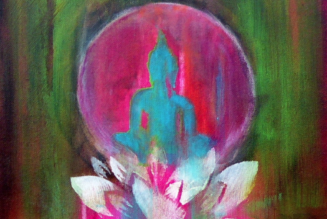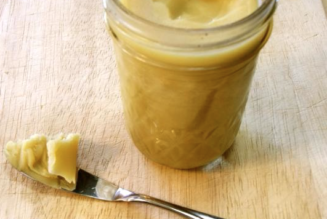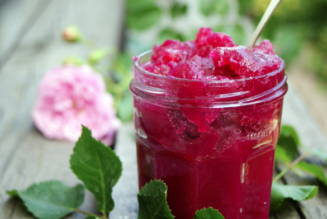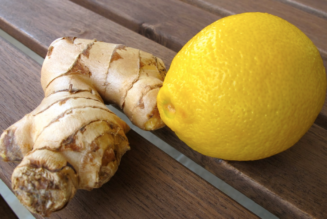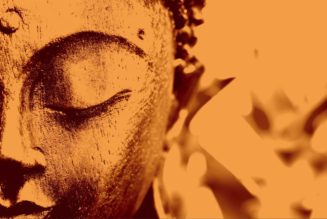Ojas – The Divine Essence
Having strong Ojas helps maintain optimum health and many diet and lifestyle factors can contribute to either depleting or nourishing ones Ojas. Ojas is defined as the pure essence of the bodily tissues. This is the refined by-product of digestion which can take up to 30 days to be created. Ojas is also referred to as the source of vitality, immunity and vigor in the body. The quality of Ojas is dependent on diet, lifestyle and stress. Possessing strong Ojas can determine how one’s body reacts to certain diseases and infections. Every tissue system in the body is said to have its own Ojas. Whilst all the physiological systems in the body are maintaining their function at optimum levels, Ojas is preserved. However during disease or infections the integrity of Ojas in the body can be compromised.
“Ojas has the capacity to counteract the
etiological factors or causes of disease.”
– Dr. Vasant Lad
It is important to maintain optimum health and thereby strong Ojas by a suitable diet and lifestyle. There are some practical ways to increase Ojas and it is also vital to be aware of activities that can deplete this vital essence of the body.
Ways To Increase Ojas:
· Meditation
· Moderate yoga suited to one’s constitution
· Pranayama (breathing exercises)
· Consuming fresh wholesome and balanced meals appropriate to ones state of balance
· Following a daily morning practice incorporating walking in nature, nasal drops and oil massages
· Certain herbs such as Ashwagandha and Shatavari can help in promoting Ojas
· A restful and appropriate sleep is vital to building Ojas
Activities That Deplete Ojas:
· Excessive sexual activity
· Physical and psychological traumas
· Intense and excessive vigorous exercise
· Overexposure to bacteria, virus and parasites
· Diseases such as cancer, chronic asthma, osteoporosis, arthritis, ulcerative colitis amongst others
· Excessive stress and an intense work schedule
· Excessive consumption of foods that have preservatives and additives and other chemicals
· Overconsumption of incompatible foods for one’s constitution
~Ojas Building Recipes~
There are some basic and delicious recipes to help increase the vitality and vigor in the body.
Ojas “Hotshake”
Ingredients:
· 1 cup Organic, whole, non-homogenized milk (can use cow or almond milk)
· A pinch each of saffron, cardamom, cinnamon
· ¼ teaspoon of ghee
· 2-3 whole medjool dates with pitts removed
· 5-10 almonds that have been soaked overnight with shells remove
1. Place dates and almonds in a blender with 2 tablespoons of the milk and blend until smooth
2. Place the date/almond mixture along with the rest of ingredients in a saucepan and bring to a boil
3. Stir lightly and then let simmer for a few minutes
4. Pour into a cup and enjoy!
Word of caution:
If desired, you can add ½ teaspoon of raw honey to also nourish depleted Ojas. However, from an ayurvedic perspective, consuming the same amount of honey and ghee by weight is considered toxic to the body, so practice caution and awareness when using both ghee and honey in a recipe.
Ojas Laddoos
Ingredients:
· ½ cup of almonds (skinless)
· ½ cup of sunflower seeds
· ½ teaspoon of ginger powder
· ¼ teaspoon of cardamom powder
· ¼ teaspoon of fennel powder
· 3 medjool dates pitted
· 1 tablespoon of coconut oil
· 1 tablespoon of raw honey
For coating:
· ½ cup Coconut flakes
· 2 tablespoons of rose petal jam
1. Place all ingredients into a food processer and process until mixture is smooth consistency.
2. Roll into small balls (ladoos)
3. Dip the tops of each of the ladoos into the rose petal jam and then sprinkle with coconut flakes.
4. Enjoy!
Note:
The rose petal jam and the coconut can add a cooling effect to the laddoos which can help bring balance in overheated conditions. This step can be omitted if there is no excess heat in the body or adjust according to taste.
Word of Caution : Honey should never be heated or cooked into a recipe – it is considered to alter the properties and create toxicity in the body. In these cases, honey can be added as a last step or in a recipe that does not ‘cook’ the ingredients.
References:
· Lad, V. (1999). The complete book of Ayurvedic home remedies.
· Sharma, H. (2011). Ayurvedic Healing. Singing Dragon
· Lad, V. (2002). Textbook of Ayurveda.
· Lad, V., & Frawley, D. (1986). The yoga of herbs
· Pole, S. (2013). Ayurvedic medicine the principles of traditional practice.
· Green, J. (2000). The herbal medicine-makers’ handbook a home manual.
![Ojas – The Divine Essence + 2 “Ojas” Recipes [Hotshake & Laddoos]](https://healthyayurveda.com/wp-content/uploads/2015/08/Screen-Shot-2015-08-29-at-1.48.23-PM-1050x600.png)
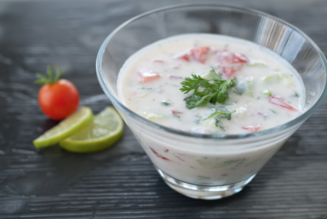
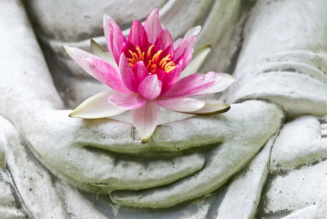
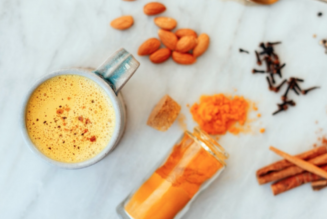
![Female Health: Amenorrhea [cessation of menses] – An Ayurvedic Perspective](https://healthyayurveda.com/wp-content/uploads/2015/07/1.-Amenorhea--327x219.png)
